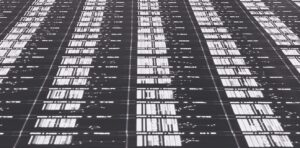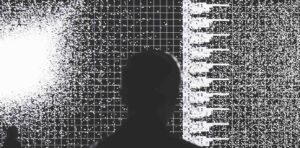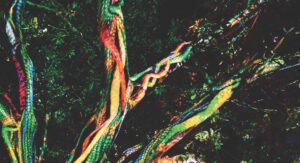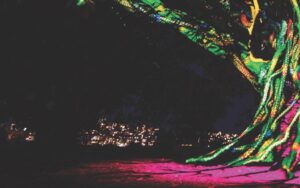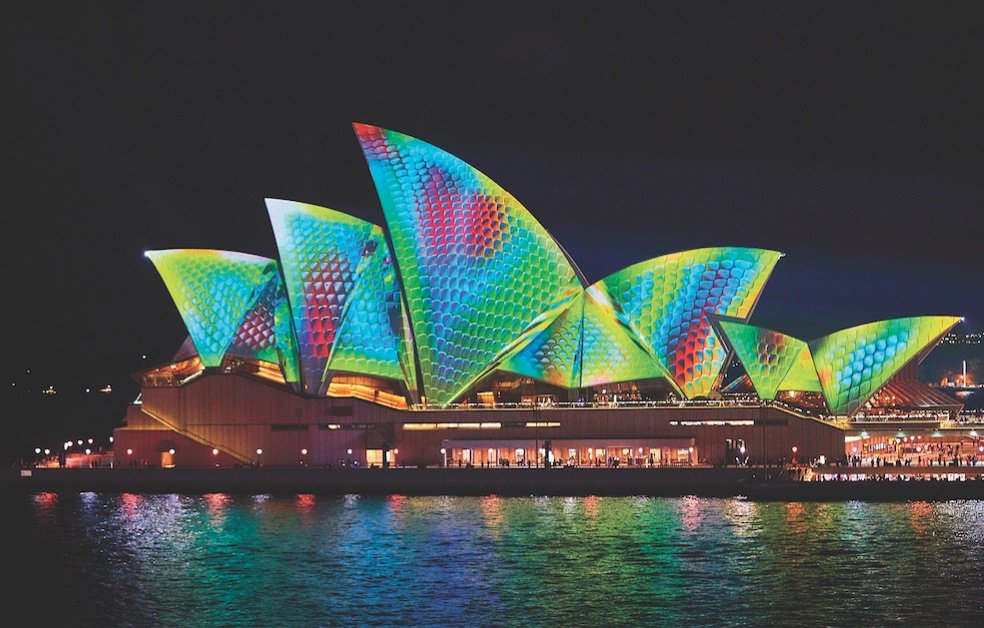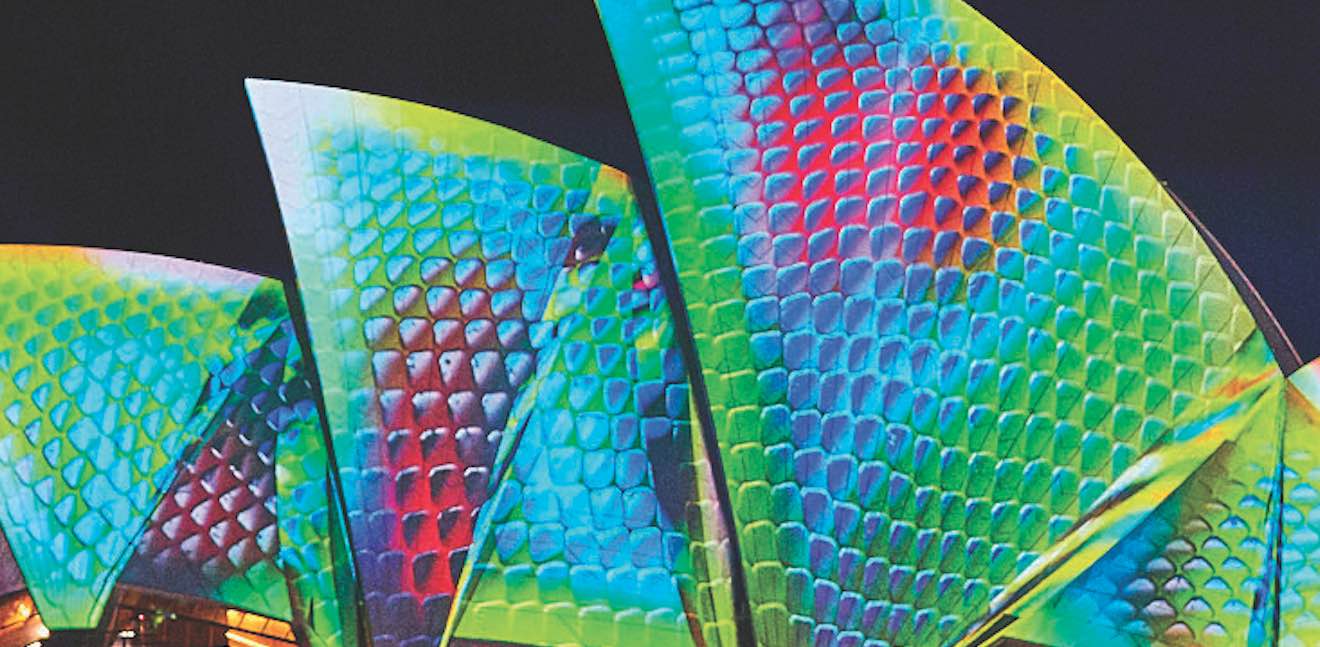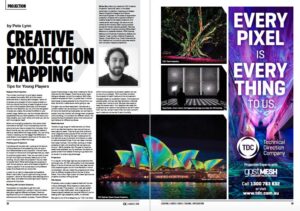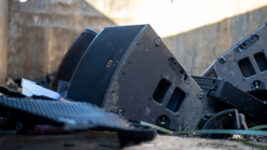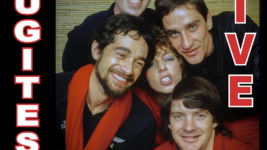News
26 Oct 2018
Creative Projection Mapping
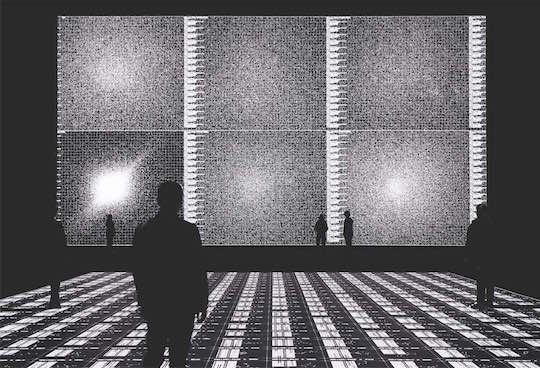
Subscribe to CX E-News
Projection
Creative Projection Mapping
 by Pete Lynn.
by Pete Lynn.
Pete Lynn leads the TDC Creative Projection Technical Team in the latest advances in projection mapping and design. Pete is Projection Designer and Senior Technical Engineer in the areas of large-scale projection projects with a special interest in creative large format digital projection and media server technology. His resume is as varied as the industry itself, having worked across all industry sectors globally. Pete has been involved in events including White Night Melbourne, Adelaide Festival, VIVID Sydney, Melbourne Christmas Projections, Melbourne Festival, Yuejin Lantern Festival Projections Taiwan, Dubai World Cup, Dubai International Film Festival and numerous corporate events with complex mapped projections.
Tips for Young Players
Respect the Projection
The number one thing I try and teach people is to respect the pixels. With all of the recent advancements in warping technologies, I see a lot of people jump straight to that to solve problems.
I think you should be trying to keep things as true as you can to the projector panel size, and be aware that the more distortion you do, the more elongation of pixels you create, the worse the effect on your overall image. Before you use the intricate distortion capabilities that you have available, think about your focal lengths, your zoom ratios, and what you can do with the projector itself.
When you’re angling projectors, think about what that does to the light. If you’re projecting onto the ground and you have to project from the side, think about how far you can push the projector before it starts to really affect the image quality. You can bring it back in warping, but the bigger the difference in pixel sizes in one projector panel due to the warp, the more it is going to affect the image.
- detail Ryoji Ikeda micro macro
- detail Ryoji Ikeda, micro macro
Picking your Projectors
It all starts with the site visit. Looking at the texture of the surface you’ll be projecting onto; its colour and reflectiveness is very important. This will have an impact on the amount of brightness that you need to produce a good result. Then you can start to look at how much light you actually need to put on the building. Do you need one projector? Do you need to double them? What technology are we going to use? Are we going to use a lamp-based projector or a laser projector? It all comes back to the different types of surfaces that you encounter.
Luckily for us, light is measurable and scalable. When I visit a site, I’ll go at night and bring a small projector. I shoot at the surface, take readings with a light meter, and determine what light level I need to produce for the show.
Working with Content
Creators Consultation is invaluable to get the most spectacular results from content in terms of colour saturation against different surfaces. There is a significant amount of crossover between technical elements and the creation process.
There’s different types of technology in play when creating for 3D as there are for flat images. There has to be an open dialogue between us and the creators. We’ll often create a template for them, or guide them in which technology is being selected to do the job from our side, like which media server we’re going to use.
It’s again very surface dependent. Sometimes, a content creator can be working on their HD screen at home and everything looks great, but we have to explain how that content will change when projected onto a building, or a surface of a different colour. It’s having the big conversation about how colours and light behave on different surfaces.
- TDC Tree Projection – detail
- TDC Tree Projection – detail
Media Servers
There’s a huge range of media servers out there, and it can feel like there’s a new one coming out every second week. They’ve all got their pros and cons. disguise is very popular at the moment, and so is Watchout. Picking the right media server for the right job is very important, and there’s no need to overcomplicate things. If you can keep it simple, then keep it simple.
You’re often working on these projects at night, and anything that can save you time at 1 AM is valuable. But it’s great to have the latest tools available, too; for example, the ability to grade content live instead of having to go back and re-render it is quite a big advantage.
Projectors
I’m a big fan of the laser light source projectors that we’ve got now. AT TDC we’re pretty much exclusively Barco in terms of brands, and their new laser source UDX projectors give us a bit more flexibility in terms of orientation. We can rotate the projectors and hang them at different angles without the risk of lamp flicker. The uniform light output of a laser light source projector is pretty inviting as well.
Site Issues
Physically, every project presents itself with its own unique challenges. What objects or obstructions are in the way? The location – is it near salt water? Are we in a high traffic area? Just to get some of these projects installed can be quite difficult if you’re dealing with high pedestrian traffic, or vehicles.
We spent a lot of time designing our ‘TDC Live View’, which is the projection automation system we use on any of our projects. ‘TDC Live View’ monitors the projector’s health inside and the atmospheric changes inside our projection towers. The towers are waterproofed, and we use heat extraction methods to keep them nice and cool. We also have ways to keep the towers warm. Our objective isto keep the projectors at an optimum temperature; we don’t want them too hot, we don’t want them too cold, we don’t want moisture, and we don’t want humidity.
This article first appeared in the October 2018 edition of CX Magazine – in print and online. CX Magazine is Australia and New Zealand’s only publication dedicated to entertainment technology news and issues. Read all editions for free or search our archive www.cxnetwork.com.au
© CX Media
The October 2018 edition CX Magazine was about ‘Projection’. Read more:
Creative Projection Mapping with TDC’s Pete Lynn
Antartica – While You Were Sleeping
Choosing the Best Projector
Technology Engages Students in Learning
From Projector to Plate – Encore Serve up a Sensory Feast
3D Modular Panels for Projection Mapping
Borderless Projection in the Age of LED
Video Projection History – The Talaria
Simon Byrne: Let There Be Projected Light
Duncan Fry: Snow Job – The Projector from the Smithsonian
Subscribe
Published monthly since 1991, our famous AV industry magazine is free for download or pay for print. Subscribers also receive CX News, our free weekly email with the latest industry news and jobs.


